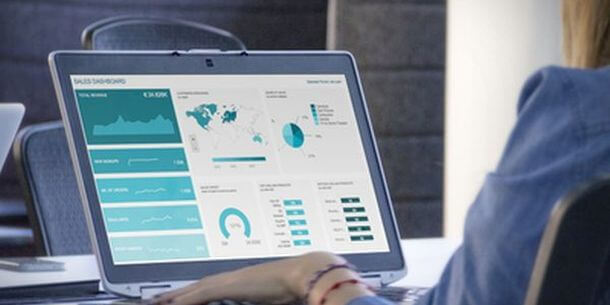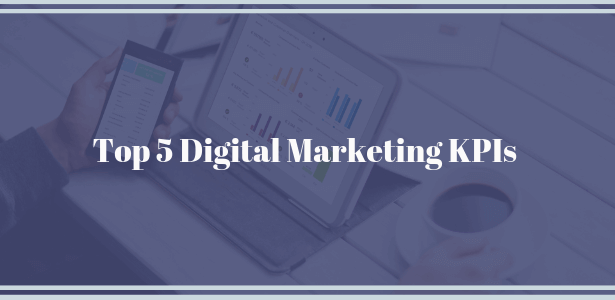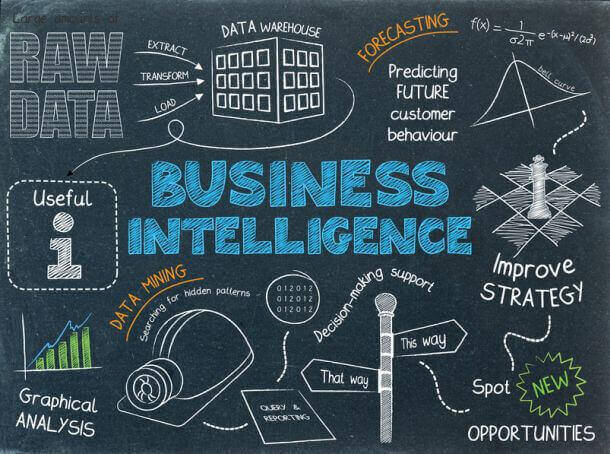Take Advantage Of Mobile Dashboards – Examples & Selected Designs

We live in a mobile world. According to the statistics portal Statista, there are currently around 4.78 billion mobile device users worldwide. No longer are we bound by the shackles of cumbersome desktop PCs or one specific geographical location to conduct research or complete online data analysis or other important online tasks. In this hyperconnected age, it’s possible to connect, campaign, and produce from anywhere you may be in the world – and the mobile revolution is responsible for this seismic shift.
Mobile technology has changed the way we interact with the world around us, and when it comes to analyzing valuable business insights, mobile dashboards offer the freedom and flexibility to turn stats into success while you’re on the go.
Here, we will consider what a mobile dashboard is, the dashboard mobile design, making visualizations on mobile, and real business examples to explain the benefits this most flexible of data-driven technology can offer your business.
…



